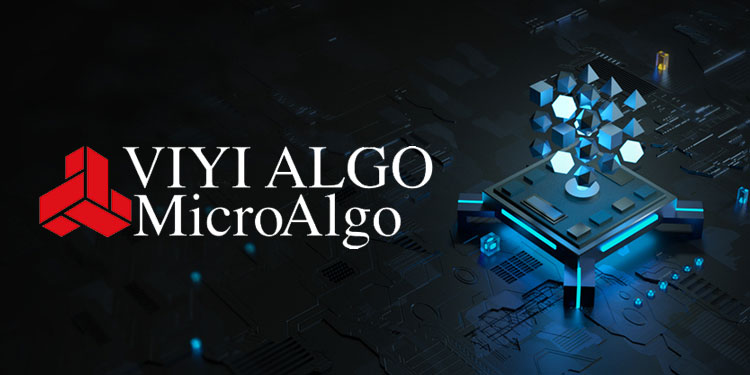MicroAlgo Inc. has introduced a blockchain-based intellectual property (IP) protection algorithm designed to overcome long-standing challenges in digital copyright enforcement. This development signifies a major stride toward enhancing the traceability, security, and integrity of IP rights across their entire lifecycle, from creation through to commercial transactions.
The algorithm, built on the foundational properties of blockchain technology such as immutability and decentralization, combines several advanced mathematical and cryptographic techniques. At its core lies a quadratic matrix transformation model, a distributed random embedding mechanism, and a positional mapping function—each contributing to a layered and robust approach to IP protection.
Quadratic Matrix Transformation for Enhanced Modeling
The quadratic matrix transformation model plays a critical role in mathematically structuring data related to IP transactions. This model begins by encoding essential transaction parameters—such as identities of involved parties, digital characteristics like hashes and timestamps, scope of usage, and monetary value—into a multidimensional matrix. Through subsequent transformations involving eigenvalue decomposition or other linear algebra techniques, this matrix is refined into a high-definition feature matrix. This final matrix retains the distinguishing attributes of the original data while reducing redundancy.
The key benefit of this transformation lies in its two-way verification capability. The generated matrix not only preserves vital transaction data that can be reversed if necessary but also acts as a unique digital fingerprint. When rights are transferred, each new transaction is mathematically connected to the preceding one, forming a verifiable and traceable sequence that aligns with blockchain’s transparency and immutability.
Distributed Random Embedding for Tamper Resistance
To protect sensitive IP information from unauthorized access or tampering, the algorithm incorporates a distributed random embedding mechanism. This component uses randomized algorithms to embed unique IP identifiers into various blockchain nodes in a concealed and decentralized fashion. This structure increases resistance to tampering and enhances the system’s ability to trace ownership and distribution paths.
Positional Mapping for Real-Time Tracking
The algorithm’s positional mapping function provides another layer of precision. By leveraging parameters such as time and transaction hash values, it generates mapping factors that facilitate the rapid retrieval of copyright data. This enables real-time end-to-end monitoring of IP rights, allowing creators and rights holders to track the flow and ownership of their digital assets with unprecedented accuracy.
Security, Stability, and Scalability
From a security perspective, the decentralized design ensures that critical copyright data remains inaccessible to attackers attempting replay attacks or unauthorized modifications. Even under abnormal conditions, the algorithm can reconstruct the complete transaction chain, verify authenticity, and isolate potential threats quickly.
In terms of operational stability, the algorithm benefits from the robustness of blockchain infrastructure, which enables it to function efficiently even in high-volume environments. Its architecture supports accurate tracking and management of copyright data without system lag or data loss.
The traceability features are particularly notable, as the system maintains a transparent and auditable log of copyright transactions. This capability equips IP holders with comprehensive, real-time insight into how their rights are being exercised, transferred, or potentially infringed upon.
Toward a Global IP Protection Framework
As digital IP usage continues to expand and diversify, the relevance of MicroAlgo’s solution is expected to grow. The company has indicated that ongoing refinements will focus on incorporating even more sophisticated encryption methods and expanding the algorithm’s applicability beyond copyrights to include areas like trademarks and design patents.
By combining mathematical rigor with blockchain transparency, MicroAlgo appears poised to play a defining role in shaping the future of IP protection. Its new solution could form the foundation for a more secure, efficient, and globally integrated IP ecosystem.









